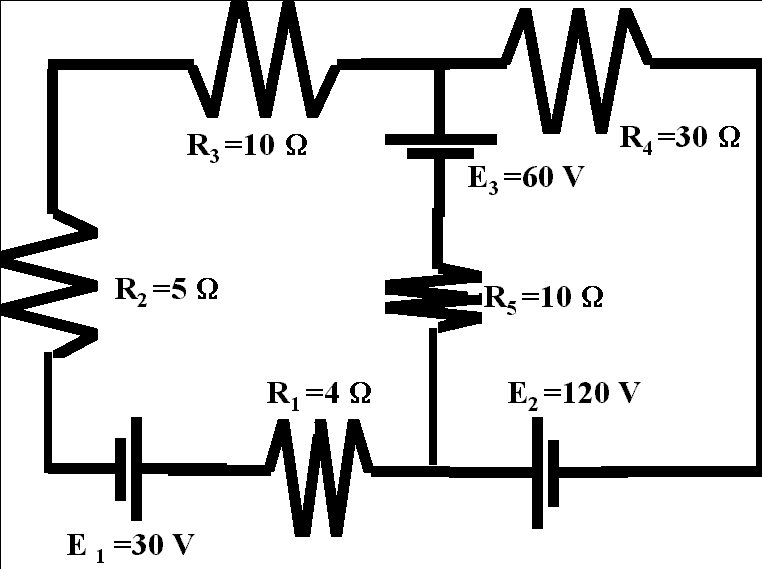I stumbled across Eric Mazur's (@eric_mazur) work a while ago, very probably through Twitter, where most of my education information comes from. I even applied to test his system Learning Catalytics, but have not used it (yet). When juggling multiple courses in multiple systems, and learning multiple tools at the same time, many decisions are based on the time needed for the learning curve. Looking at the system I realized I would need the most scarce of all my resources, what I call "brain RAM" or creative space.
I guess most of you are familiar with what I mean. It is hard to be creative when drowning in a sea of grading, class preparation, student advising, and collaborations. Not to mention juggling family life. When I want to change a teaching paradigm, more than just implementing a tool, I need time and mental space to see the big picture: what I want my students to learn, and how can I achieve that.
In summary, I have had this corner of guilt for not exploring Learning Catalytics more. Then a friend I met at a clickers' conference in San Diego mentioned he was the key note speaker. And finally, from a tweet I landed on this page. The fact that it was over one hour long was a no-starter, but I kept the tab open for several days in my browser. Last night, while doing something mindless- posting content for an online course- I clicked on the video to at least hear the beginning. Well, I watched the whole thing and enjoyed it tremendously.
I think the overarching reason of my enjoyment was to realize that it can take many years of explorations, trials, and tribulations to achieve success in the learning process. So it is ok that I do not achieve my goals right away, that the first time that I implement a new approach there are stumbles and misunderstandings, and I will get comments such as "she has a very confusing teaching style."
Then there were the small things that made me smile, starting with Physics. I confess to a complete lack of comprehension of Physics- I would have flunked each and every basic exam question Mazur showed. Sadly, I owe a bad teacher my dislike of it. I had my first Physics class in middle school (that was in Europe), taught by this very strict old bad-tempered lady. She accused me of talking in class, which I did not, and protested indignantly. To which she called me a liar. Deeply hurt, that was the end of Physics for me. For the rest of my education, culminating in three Physics courses in college, I survived using memorization. Just like Mazur described, I would look at the problem and solve it using procedures I did not understand. I wonder sometimes how is it possible that I am so color-blind to Physics when I loved Math and particularly Calculus. Maybe it has to do with the fact that my first Math teacher in middle school was young and energetic, and she was also the Bio teacher. And while I was a Chemistry person, it was this teacher who mentioned for the first time cellular respiration, which brought together my love for Chemistry and my interest in living things.
But I am digressing, which happens often when going down on Memory Lane.
At the end of Mazur's talk I felt validated both in my quest of better learning and in the fact that it takes time, effort, and data collection. "The plural of anecdote is not data" was a great phrase, and I have to focus more in collecting hard data to validate the effectiveness of new approaches. I was specially pleased that I am already doing several of the approaches he mentioned- peer instruction, group work, and even open book exams- although I prefer open notes, to avoid reading pages copied verbatim from the book.
None of the colleges I teach for has clickers, but I learned a much cheaper alternative to clickers from MiraCosta Community College professor Rica French. It is based on a printout (A4 size) like the picture, ideally made on a sturdier material. They can be given to students at the beginning of class and collect them at the end. To answer MC questions, students will fold the printout to show their choice facing the instructor, who can have a quick visual evaluation of how many have it right and wrong, and proceed accordingly. While not quantitative and recordable as the clicker version, it does do the job of engaging students. That said, I am not sure if I would follow the clicker route. I guess it is very useful in huge classes, but I have the luxury of having smaller classes, usually around 30 students.
So at the end of the day, what did this talk do for me? Basically it made me feel much better about the journey I am in, from the traditional lecturing to that ideal interactive/peer/social process resulting in real palpable learning. And the measure of learning would be, as Mazur states, "students applying what they saw in the classroom to a different context."
Amen to that. And still working on it!
What do you think, dear Readers?

